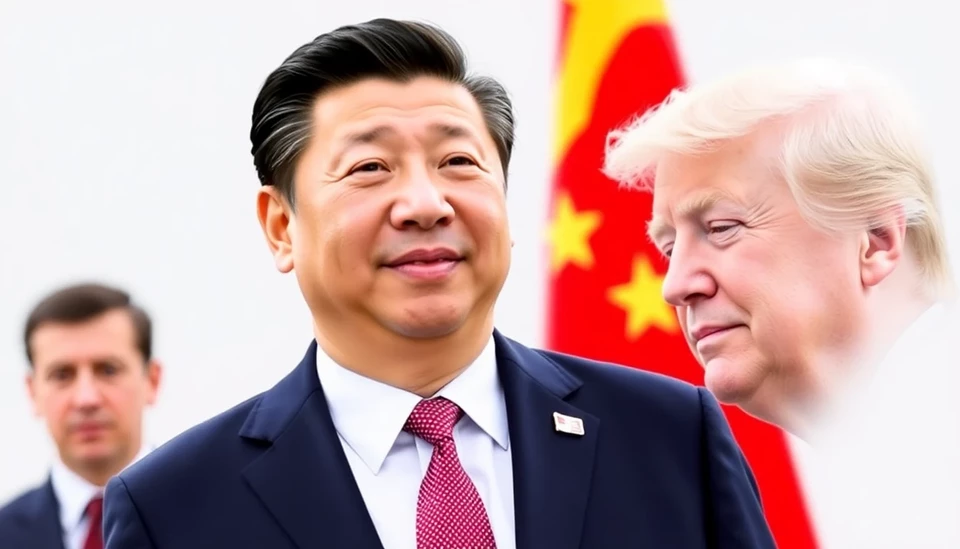
In a remarkable turn of events, the U.S. economy has shown signs of resilience as consumer spending surged ahead of anticipated tariffs on imported goods. This unexpected shopping spree has played a crucial role in bolstering the nation’s Gross Domestic Product (GDP) figures for the first quarter of 2025. Economists are now adjusting their forecasts as the impact of this frenzy becomes clearer.
The catalyst for this surge in consumer activity can be traced back to the government's recent announcement of a new round of tariffs set to take effect in the upcoming months. This news prompted many consumers to rush out and purchase goods before prices inevitably rise. Reports suggest that retail sales for March jumped significantly, with households stocking up on a wide range of products, from electronics to everyday groceries.
Analysts have noted that the pre-tariff shopping spree has not only invigorated retail sales but also contributed positively to the overall GDP growth, which is projected to show a notable increase. The increase in consumer expenditures is seen as a direct response to the impending affordability crisis posed by the tariffs. With many anticipating higher prices, shoppers have raced to purchase items, thus injecting much-needed liquidity into the market.
Additionally, the trend indicates a shift in consumer behavior, with individuals seeking to beat the clock as they grapple with the challenges posed by global trade dynamics. Retailers have reported an uptick in sales volumes, which has led to an optimistic outlook for the sector in the short term. However, experts are keen to point out that this wave of spending may not sustain itself once the tariffs are in place.
As we move further into the year, economists will be focused on tracking whether this spike in consumer spending translates into long-term growth. They are warning against overly optimistic projections, as the rationale driving this increase is heavily tied to a reactionary market response rather than a fundamental shift in consumer confidence.
Furthermore, while the initial figures show a buoyant economy, the sustainability of this growth may hinge on various factors, including the response from manufacturers and the broader implications of the tariffs on inflation and production costs. Businesses may face increased expenses, which could result in job cuts or reduced hiring in the long run, thereby impacting consumer confidence and spending.
As the story unfolds, it will be critical to monitor the US economy's reactions to both the immediate benefits of this buying surge and the potential pitfalls that lie ahead. The upcoming months could reveal much about the durability of this economic boost against the backdrop of international trade complexities.
In conclusion, while the first quarter results are expected to reflect a vital upswing thanks to massive consumer spending, a cautious approach regarding long-term economic outlook appears prudent.
#USTariffs #ConsumerSpending #GDP #EconomicGrowth #RetailSales #TradeDynamics #MarketResponse #Inflation #ConsumerConfidence
Author: Rachel Greene




